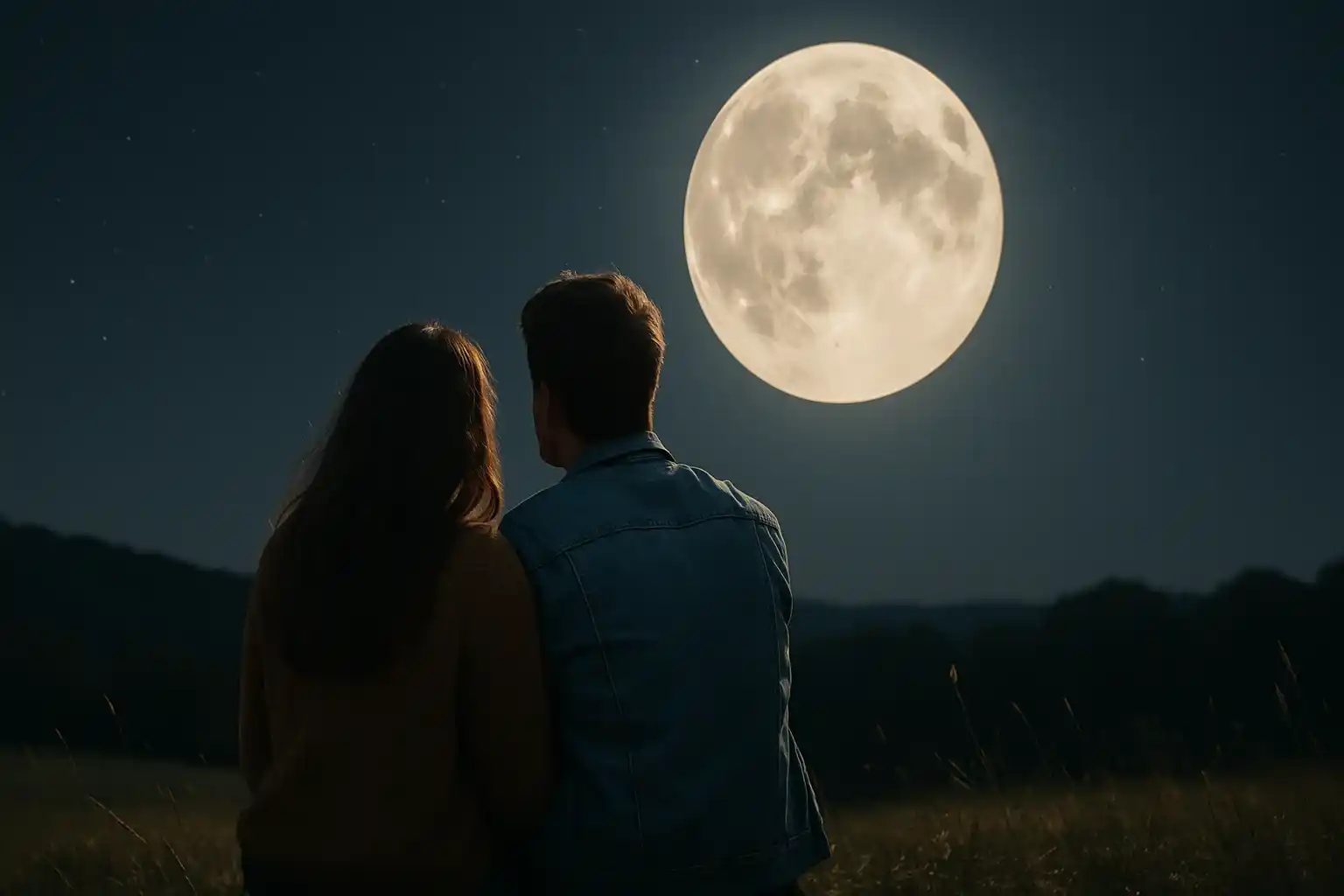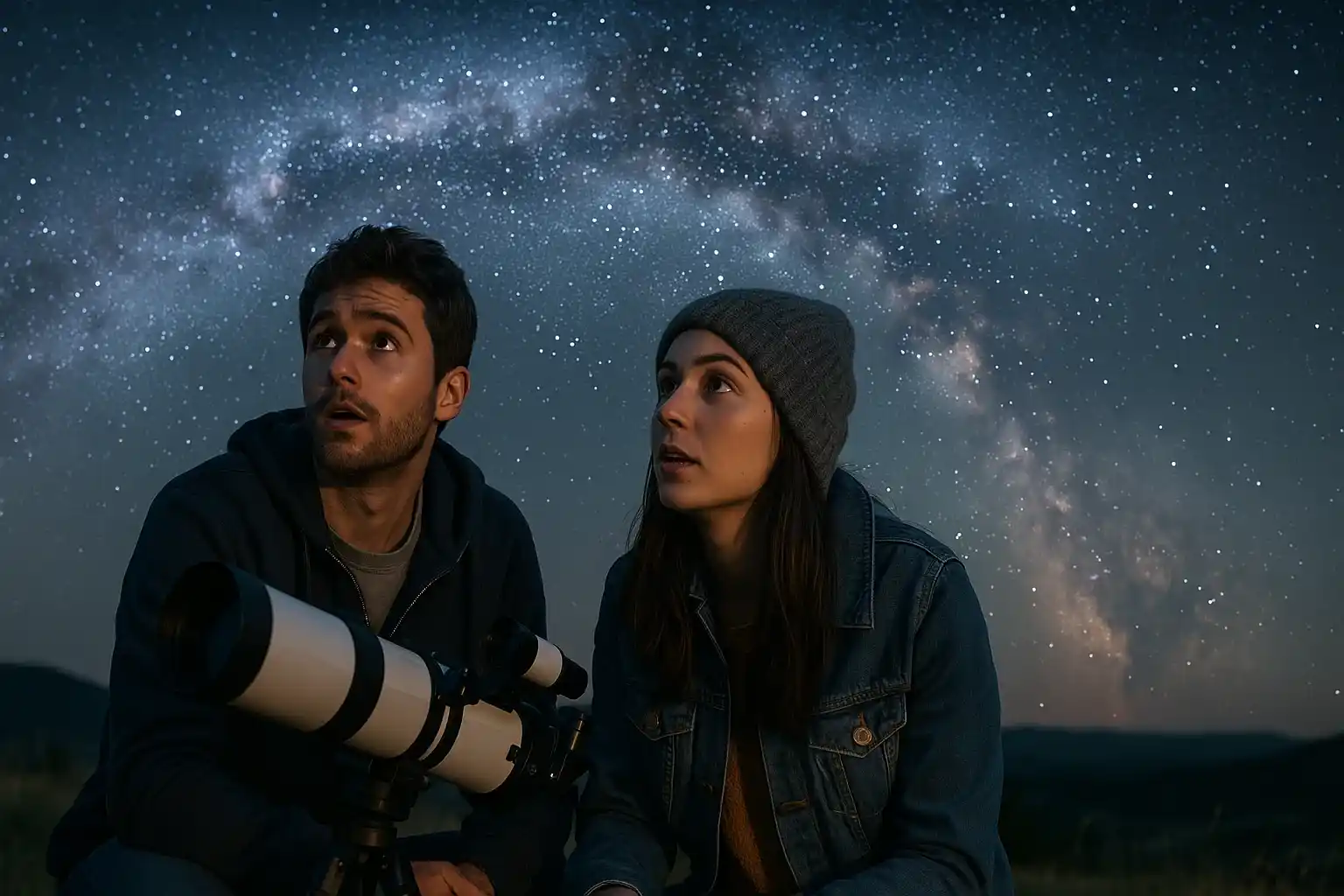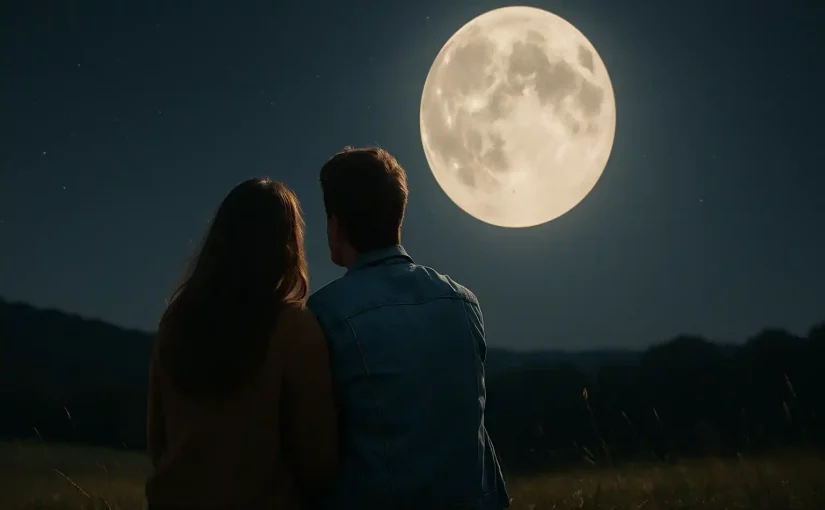Many people still perceive astronomy as something distant and complicated – as if you need a scientific degree or a thousand-euro telescope just to look at the stars. In fact, it is simpler than that, as astronomy is about accessibility. Like phone number tracker free of charge: you don’t need to be a tech-savvy person to stay in touch: just open the app and choose who you share your location with.
It’s the same with stars – you just need to know when and where to look. But this is where the myths come into play: about the full moon, about the “magic” telescope, about boring festivals. These misconceptions work like a smokescreen, preventing you from seeing how lively, sensual, and even therapeutic astronomy can be.
So today we are talking about some myths about astronomy that prevent people from experiencing true cosmic wonder. We will tell you what is true and what is a common misconception, and show you how to make the starry sky your own – without clichés and scientific snobbery.
Myth 1: A Full Moon Is the Best Time for Stargazing
It is easy to understand and explain why this myth exists. The full moon looks majestic, and it is the backdrop for countless movie scenes and children’s fairy tales. But for astronomers – even casual ones – it’s far from ideal.
The reality is this: the full moon floods the sky with light, effectively drowning out faint celestial objects. Galaxies, nebulae, and dim stars that would otherwise be visible disappear in the overwhelming glow of the moon. Think of it like trying to spot fireflies with the stadium lights on.
The best nights for stargazing? Around the new moon, when the sky is darkest. That is when deep sky observing will seem magical. Astrophotographers often plan their shoots according to the lunar phases – not because they love the full moon, but because they avoid it.
Fun fact: NASA’s sharpest deep-space images have been taken with minimal moonlight. So if you’re planning to join a star party or bring a telescope, check the moon’s phase first. Less moon – more stars.

Myth 2: A Bigger Telescope Automatically Means a Better View
We’ve all seen the ads: “See the rings of Saturn from your backyard!” or “Witness galaxies like never before!” – paired with photos taken by the Hubble Space Telescope. But frankly speaking, the saying that bigger equals better in telescopes is rooted in marketing more than science.
Yes, a larger aperture can collect more light, but that is not the whole story. If you are surrounded by light pollution, stuck in humid conditions, or don’t know where to point your scope, even a high-end telescope will disappoint.
In fact, your eyes themselves are often the first telescope. So, try to learn to use averted vision, i.e. looking slightly to the side of faint stars or objects to improve contrast. It is a trick seasoned observers use all the time.
Well the truth is that a modest telescope in dark skies will outperform an expensive one in the city. So rather than upgrading your gear, upgrade your environment and your technique: use astronomy apps, red lights to preserve night vision, and patience – lots of it.
Bonus tip: Try binoculars first. Many celestial objects (the moon’s surface, clusters like the Pleiades, even Jupiter’s moons) are breathtaking through binoculars under the right conditions.
Myth 3: Astronomy Is Just for Scientists
Of course, you’ve all seen the textbooks – formulas, physics, spectrometry. So it’s not surprising that many people think astronomy is an exceptionally boring endeavor, paired with lab coats and university lectures. But that in itself is a myth. Astronomy isn’t just a science, it’s a feeling. The scale. Silence.
Obviously, you don’t need to know Kepler’s laws to feel small under the Milky Way. You don’t have to solve equations to marvel at Saturn’s rings. In fact, most amateur astronomers will tell you that the reason for their fascination was not science, but awe. A 2023 Sky & Telescope study found that 68% of amateurs were drawn in by the emotional impact of simply looking up. The stars didn’t speak in numbers – they whispered perspective.
One of the best ways to rediscover this emotional side of astronomy is to lie on your back under a dark sky, with no purpose and no gear. Just let your eyes adjust, give your brain time to calm down and you’ll start to notice not only the stars, but the stillness.
And if you want to explore more – mobile apps, star charts, and even humble binoculars are enough to start. The universe requires no expensive tools – only your curiosity.

Myth 4: Astronomy Festivals Are Boring, Cold, and for Nerds Only
When hearing the word “astronomy festival,” some people imagine a frozen field, awkward silence, and three people discussing lenses. But today’s star parties and space gatherings have completely changed the scenario.
Today’s astronomy festivals are immersive and multi-sensory events, luminous art installations in outdoor venues, laser-guided stargazing to ambient or electronic music. One hour is talks by scientists, the next is poetry under constellations, campfires, food trucks, blankets on the grass, people coming for the stars – and even staying connected.And yes, it is still getting dark and that is the point.
But you are not in the silence – you are in the atmosphere. No more nerdy talk and confusion, just try it for yourself. And to navigate these meetings, many attendees use simple tools to keep in touch. For example, the Number Tracker app helps festival goers easily find each other without relying on loud shouts across the field. It also gives friends and family the confidence that you are safe (even when you don’t answer your phone). All you need to have a good time is to set up the app in advance, take a turn and have a positive experience and learn more about history, space and stars shared with your friends or loved ones.
Myth 5: Astronomy Is Only About the Past
You’ve probably heard the phrase: “Looking at stars is looking into the past.” That part’s true – light from celestial bodies takes time to reach us. The glow from the Andromeda Galaxy, for example, began its journey 2.5 million years ago. In other words, you are not seeing Andromeda as it is. You are seeing it as it was – before modern humans even existed.
But here is the misconception: that this “past-looking” makes astronomy outdated, backward-facing, or irrelevant to the present. In reality, this time-travel effect is one of the most grounding and therapeutic parts of astronomy. It pulls you out of the now (out of endless emails, notifications, and daily stress) and places you in cosmic perspective. The past is not a limitation, it is a reminder of your place in something great and endless.
In a recent 2022 psychological study published in Nature Human Behaviour, participants who regularly observed the night sky reported reduced levels of anxiety and an increased sense of meaning and connection. Thus, looking deep into time gives you clarity in the present.
A Final without a Point
Astronomy is not the science of the distant, it is the practice of intimacy. To ourselves, to the world, to the night. While some argue about whether a telescope is necessary, others simply look up and feel the silence grow quieter. Myths fade when the stars light up. All you have to do is turn off the lights, turn on your attention and give yourself time for that wonder.

